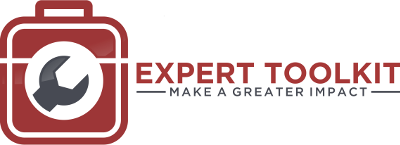Creating a continuous improvement culture
Creating a culture of continuous improvement is essential for any business that wants to achieve sustained leadership and market growth. It's a process that requires the commitment and involvement of all employees, from the top down. But where do you start? It starts with the culture.
Businesses must strive for continuous improvement if they are to have sustained leadership and market growth. It requires leaders who are willing to instill this culture and reward those who embody it. It also means recognizing and rewarding employees who go above and beyond in their efforts to improve processes and drive results.
Tracking results and metrics is critical for a culture of continuous improvement. This means regularly measuring progress against goals and using data to inform decision-making. It's also important to listen to customers and stakeholders, as they can provide valuable insights into areas where improvements can be made.
One powerful way to drive continuous improvement is through experimentation. By testing new ideas on a small scale, organizations can learn what works before scaling up.This allows informed decisions to be made and costly mistakes to be avoided.
Continuous improvement also involves using the right tools and techniques. This can include tools like balanced scorecards, Jidoka, data analytics, process mapping, and project management frameworks, as well as methodologies like Lean and Six Sigma. Organizations must understand when and how to use these tools in order to effectively drive improvement.
Finally, training and skill development must be a key component of a culture of continuous improvement. This includes providing employees with the resources and support they need to improve their skills, as well as creating opportunities for learning and growth within the organization.
In summary, creating a culture of continuous improvement is essential for any business that wants to achieve sustained leadership and market growth. It starts with the culture, and leaders must instill it, reward and encourage it. Tracking results and metrics is critical, listening to customers and stakeholders, experimenting to learn what works before scaling, understanding the right tools and techniques, and not ignoring training and skill development in the team are key to be successful. By implementing these practices, organizations can drive improvement, increase employee engagement, and achieve their goals over the long term.
Share this article
- Tags: Business Improvement, Culture, Expert Knowledge, Innovation, Leadership, Team Dynamics, Transformation
